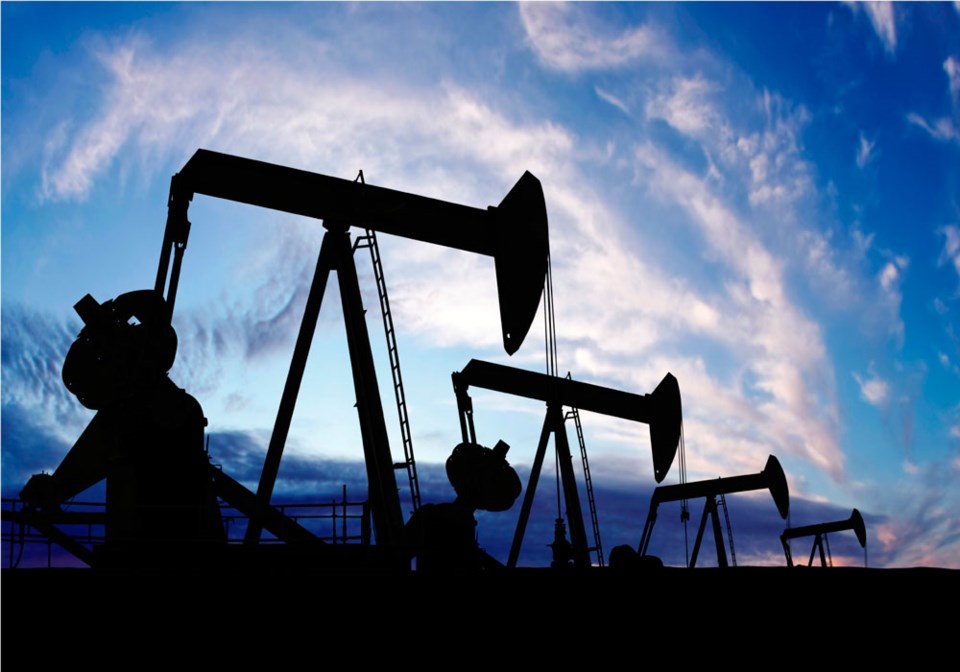Major oil pipelines that should carry western Canadian oil to Eastern Canada and beyond, will be needed very soon if the Canadian oilpatch is going to serve its true purpose.
Rail cars can alleviate some of the oil delivery pressure, at least temporarily, but for a safe, secure and reliable delivery of energy to the domestic and world markets, Canada needs to build pipelines, said the Canadian Association of Petroleum Producers (CAPP) in its latest Crude Oil Forecast, Markets and Transportation report that was released June 23.
“Canada’s energy future relies on our ability to get Canadian oil and gas to the people who need it,” said Tim McMillan, CAPP’s president and CEO. “Connecting Canadian supply to new and growing markets abroad, safely and competitively, is a top priority.”
The current Canadian pipeline network has the capability to move just under four million barrels per day, which closely matched the 2015 average supply of 3.98 million bpd.
The report also indicated, there will be more than 850,000 additional barrels per day of oil sands product being made available by 2021. And, by 2030, the forecast indicates that a further 700,000 bpd can be added to the Canadian production.
So, that will require additional transportation infrastructure in a timely fashion, in fact, McMillan referred to the need as “urgent.”
The new pipelines would be used to carry oil to domestic markets, mostly in Eastern Canada and to emerging foreign markets.
Natural gas supplies and movement are also expected to increase at a nearly equal pace.
Current delays in the startup dates for pipeline projects mean the railways will continue to complement the basic transportation system.
CAPP said production of Canadian oil, before imported diluents are added, will increase by 28 per cent over the next 15 years, growing to 4.9 million bpd by 2030, about 400,000 bpd lower than CAPP’s earlier prediction made in 2015. Add the diluents to the mix, and the production volume will be up by 37 per cent, to 5.5 million bpd by 2030. That means transportation infrastructure, in all directions, will have to be increased soon just to get the Canadian oil to new and existing markets.
Oil sands will continue to be the primary source of oil in western Canada, with an expected output of about 3.7 million bpd by 2030. That represents an expected growth of about 1.5 million bpd, as noted earlier.
Conventional oil production in western Canada, such as that found in the Bakken formations in and around Estevan and Weyburn, plus other medium and light sweet crude fields, will drop from 1.3 million bpd to 1.1 million bpd by 2018 and will then remain stable to 2030.
The International Energy Agency forecasts global demand for energy, including oil, will grow by 32 per cent by 2040, and more than a quarter of that energy demand will be from oil. Demand will be driven mostly by emerging economies in Asia, with 171 million bpd being required.
Canada currently has the third-largest reserves in the world and is the sixth-largest producer globally.
The National Energy Board reported recently that less than one per cent of Canadian oil is currently shipped overseas .
“Canada has an important role to play as a global supplier of oil and we can do it at a standard that far exceeds other producing nations,” said McMillan. “Through technological innovation, world-class regulatory systems and environmental standards that meet or exceed our closest competitors, Canadian oil can be the world’s fuel of the future.
“But, we need the infrastructure to connect Canadian energy to the global economy,” McMillan said.
Demand is also expected to increase in China and India with the two countries requiring 10.8 million more bpd by 2040, according to the International Energy Agency.
These two markets represent almost 84 per cent of the total world oil demand increase up to 2040, the report suggested.
In the meantime, Canada has spent $17 billion (in 2015) importing oil from the United States, Saudi Arabia, Algeria, Angola and Nigeria. For Quebec and Atlantic Canada this amounts to about 600,000 bpd that was imported just to meet their refinery needs.
“We need to get our oil to market so countries have the choice to source, reliable, safe and secure oil and gas from Canada — a global energy supplier of choice for the future,” said McMillan.
CAPP’s annual forecast is developed from oilsands producer survey data, collected in March and April every year, using their own analysis and historical trends models that include expected drilling activity, recent announcements and ongoing discussions with industry stakeholders and government agencies.
In Saskatchewan, production in the sweet light and medium crude fields is expected to decline slowly, but steadily until 2020; and heavy oil, should experience a corresponding decrease before a slight turnaround takes hold between 2020 and 2021.
Production levels in traditional oilfields in Alberta, Manitoba and British Columbia are expected to follow a similar trend.


.png;w=120;h=80;mode=crop)

